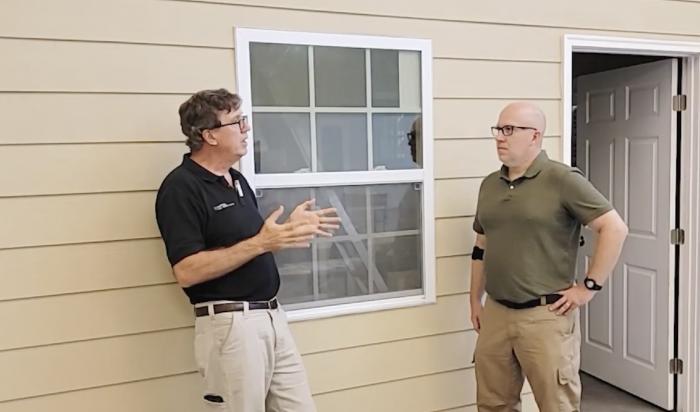
Green Builder Matt Hoots of Sawhorse, Inc. and Mike Barcik, a Technical Principal at Southface, recently teamed up for a helpful conversation about windows and energy efficiency. The two review quite a few key concepts that everyone should know, and many of us likely don’t.
Among other topics, Mike and Matt help bust some myths about window replacement. New, more efficient widows will reduce your energy bills to be sure, but… they’re not going to halve your bills, and they won’t actually be “paying for themselves" particularly soon. According to Energy Star, new more efficient windows CAN reduce your bills by 12%, but keep in mind you need to pay for the windows and the labor to install them. Your first best bet for payback and likely budget will be to insulate and air seal and tighten up that envelope, or invest in other low hanging fruit like switching to LED bulbs… Windows are on the list of retrofits that can save energy, but they’re not first on that list.
If you plan to replace your windows or you’re building new construction, Matt and Mike review some key considerations for making better window choices.
You’re going to want to focus on your window’s U Factor, or level of insulating. The lower the U value, the better a window is in keeping out the cold in winter. The U Factor is just the inverse of the R value used to describe heat transfer from insulation, where a high R means better insulating ability. In warmer, sunnier weather, solar heat gain becomes important. The lower the heat gain coefficient, the less heat will transfer into a building. It’s important to understand your geography and the orientation of your building and windows to make the best choices for the building, and also potentially for each window, or set of windows on different facing walls.
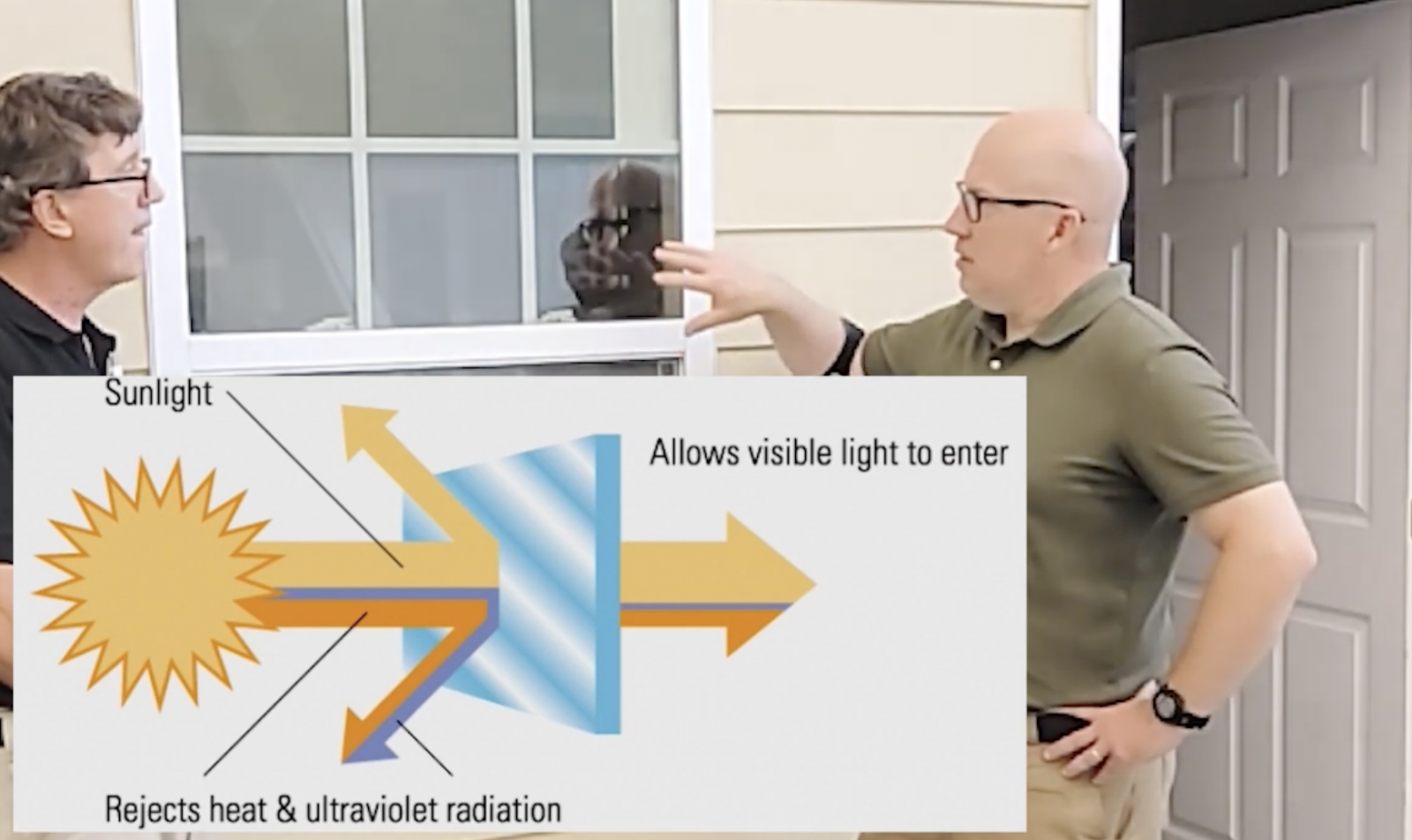
Mike recommends checking the Energy Star site to learn more about window choices for your particular climate zone. Energy Star includes a Climate Zone Tool to help you figure out what zone you’re in. Enter in geographical information and the type of products and the tool will give you target or Energy Star level U values and Solar Heat Gain Coefficients. Climate zones take into account the average temperature and humidity in a geographical area, and building materials need to be appropriate for these factors in order to avoid causing more problems than we solve. For example, the same window that might work best in a drier climate zone will be a poor choice in an extremely moist climate.
Considerations are also very different for new and existing construction. For new construction, all of these factors apply. For existing buildings, you’ll have to balance your budget, goals, and need or desire to replace your windows. If you’ve got older, rotting window frames, well then you have more than one reason to upgrade!
In the past, single panel windows with wood frames might have a U Factor is 1, and a high solar gain of 75-80%. Today’s 2-paned windows help reduce the U factor to half (or an R of 2), and the solar gain drops typically to about 50-60%.
Adding Low-E or low emissivity rating coatings improves the U value to about .3. And solar gain is reduced 25-30%. Less of the sun’s energy passes though, which reduces cooling loads (in climate where this is the goal). Low E coatings are a microscopically thin metal or metallic layer on the glazing surface, often between panes so people can’t damage it, that lowers heat transfer through windows by 30-50%. A low-E coating basically helps the sun’s energy bounce off.
Mike reviews some options that might make sense when a complete replacement doesn’t make sense otherwise or is just too expensive.
E-storm windows come with a coating and can help a single pane window perform much better. Storm windows are cheaper on the outside, but they might not be as visually appealing. Interior storm windows preserve the exterior look, and they don’t show as much inside (but cost more). Sun screens with a tighter weave can also replace bug screens - and the view is clearer from inside. The sun screens are kind of like one-way mirrors!
Window frame material is another consideration, and Mike is bullish on extruded fiberglass. It doesn’t have the organic vulnerabilities of wood (which is cheaper but less durable), or the toxicity risks of vinyl (low cost, but also environmentally not a great choice). Metal frames, once popular, run the risk of corroding in moist climates, and have a greater risk of condensation given that they conduct heat. Metal frames can also cause challenges if design preferences change, since they are difficult to paint. Extruded fiberglass frames do not need to be painted, but they can be - this helps if someone wants to edit a color choice in the future.
It’s essential to manage outside moisture and bulk water. Water does find its way anywhere it can, and this is why it’s important to integrate and manage moisture details between the window and the building. Head and pan flashing will allow water to drain, as will leaving a way for water to drain out under windows. One option is to seal the window from the inside completely, but then seal the nail fin on three sides, thus leaving a drainage outlet. Materials should also be layered like a shingle, so water will always be diverted out. These considerations are unfortunately not always well understood on the typical job site. This is a mistake, as windows are basically a weak joint point. Matt’s advice? “Think like water…. If there’s a way in, flash it, tape it, seal it."
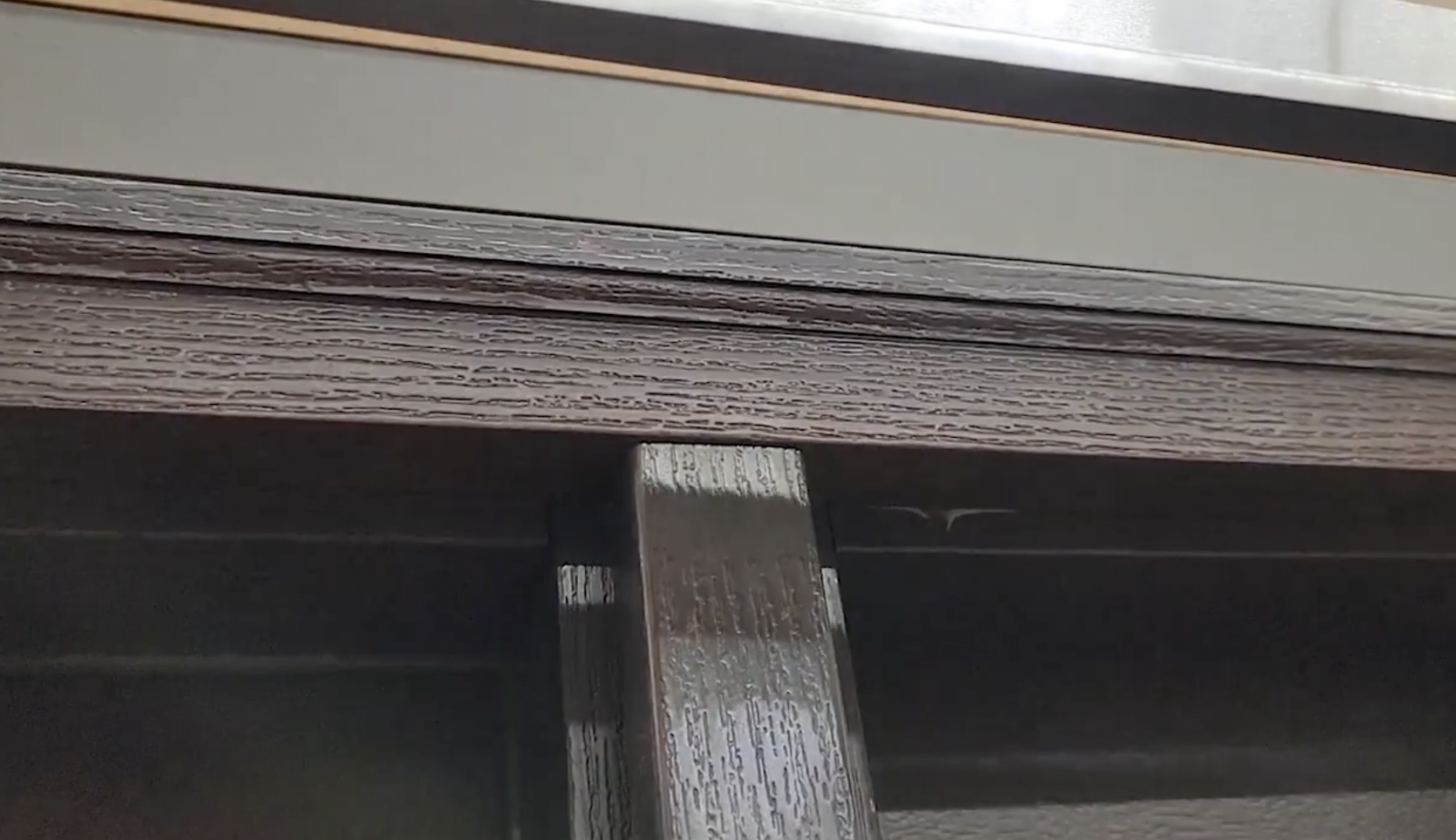
For leaky windows or to properly seal new windows, Mike recommends using special spray foam made from windows and doors, as it won’t over expand. but the product has to be labeled specifically for windows and doors - make sure to check!
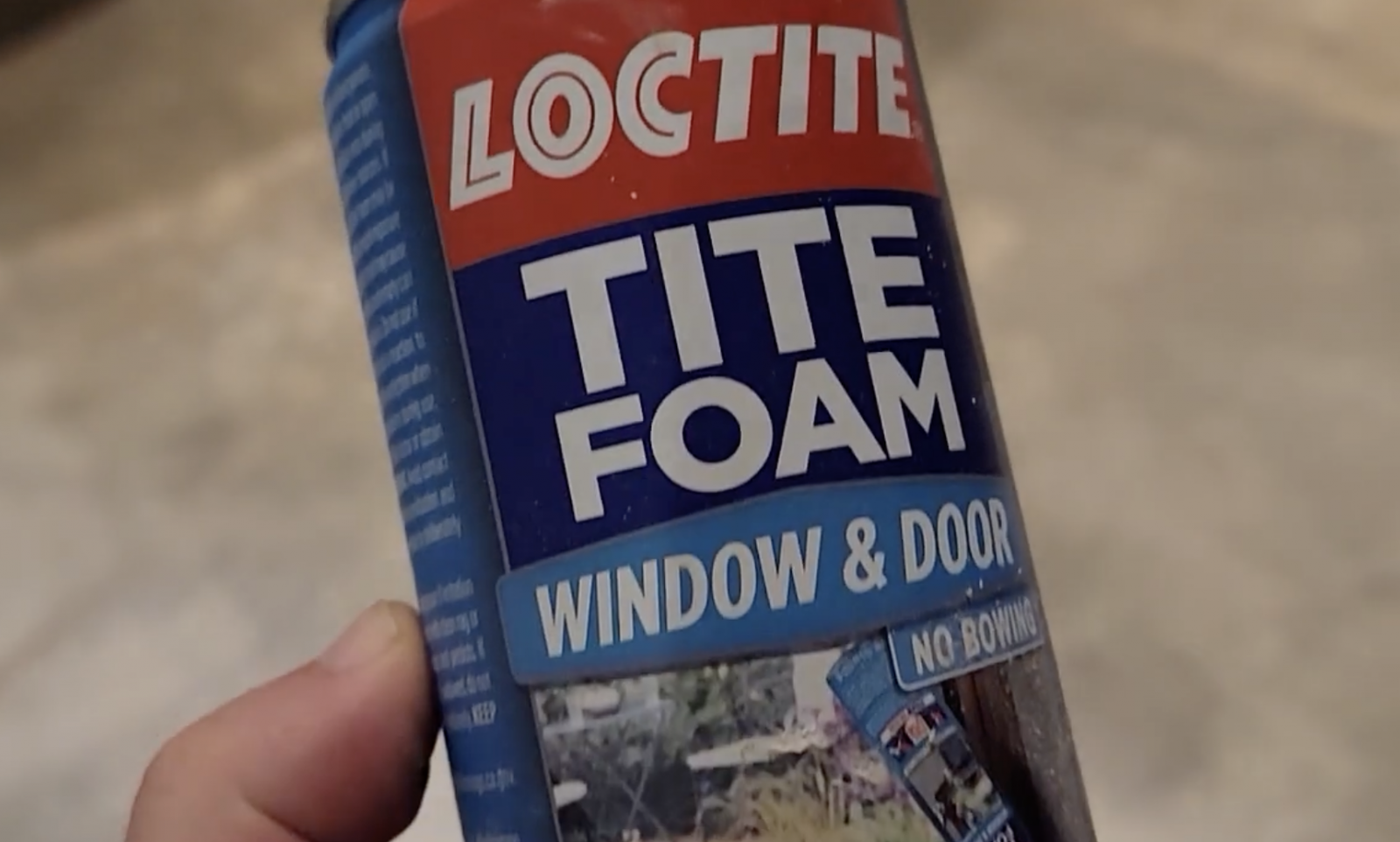
When existing windows are leaky and let air through, note that the window itself is often not the problem. The leaks are likely coming in through the rough opening, or the space around the window. The best way to precent a leak? Good installation is key. Matt and Mike easily agree that a less tight window installed better beats a better window installed improperly… Clearly, installers have the potential to have a lot of impact here.
Matt and Mike raise so many great issues and really give us a preview of top window considerations. One perhaps surprising piece of advice, especially for new construction: “Glaze judiciously.” Today’s windows are indeed an improvement, but especially for new construction, how about less glass? Glass is an opening, after all, and glass is not as efficient as a wall. In terms of orientation, glass should be minimized facing East and West, but Matt and Mike remind us that the cheapest, more efficient window is the one not built at all.
If you'd like to learn more about windows and energy efficiency, see our additional window discussions and articles!
- Top Factors for Selecting New Windows
- Deciding When to Replace Windows
- European vs. American Windows - What's the Difference?
- Energy Efficient Steel Windows and Doors - Arcadia Custom
To learn more about building science generally, also check out Southface classes at Southface.org! Mike mentions a series with a dozen building science classes, including a class on designing a high performance building and top items to pay attention to. These are thinking about “where the sun is, including solar orientation and good use of windows, and understanding your geography. That’s right on topic for this discussion!
What questions do you have about windows and energy efficiency? What other points can you add to this discussion? Jump in and comment if you’re a Rate It Green Member. If not, join today - It’s free!
- Filed Under: Windows
- Linked To: SawHorse, Inc., Southface
- Keywords : Green Building, Energy Efficiency, Insulation, High Performance, air sealing, High Performance Windows, Window, Glazing, Low-E
- ( 1199 ) views

The Rate It Green Team - This is an account for Allison and plenty of kind helpers, for sharing information when/where it really doesn't particularly matter which of us actually posted. Questions? Send us a note through our contact form, or email info@rateitgreen.com.
- ( 0 ) Ratings
- ( 105 ) Discussions
- ( 6 ) Group Posts
Reply/Leave a Comment (You must be logged in to leave a comment)
Connect with us!
Subscribe to our monthly newsletter:



 Inflation Reduction Act (IRA) - Tools & Resources Sep 26, 2023
Inflation Reduction Act (IRA) - Tools & Resources Sep 26, 2023 The Role of Data: Adaptive Building Aug 08, 2023
The Role of Data: Adaptive Building Aug 08, 2023






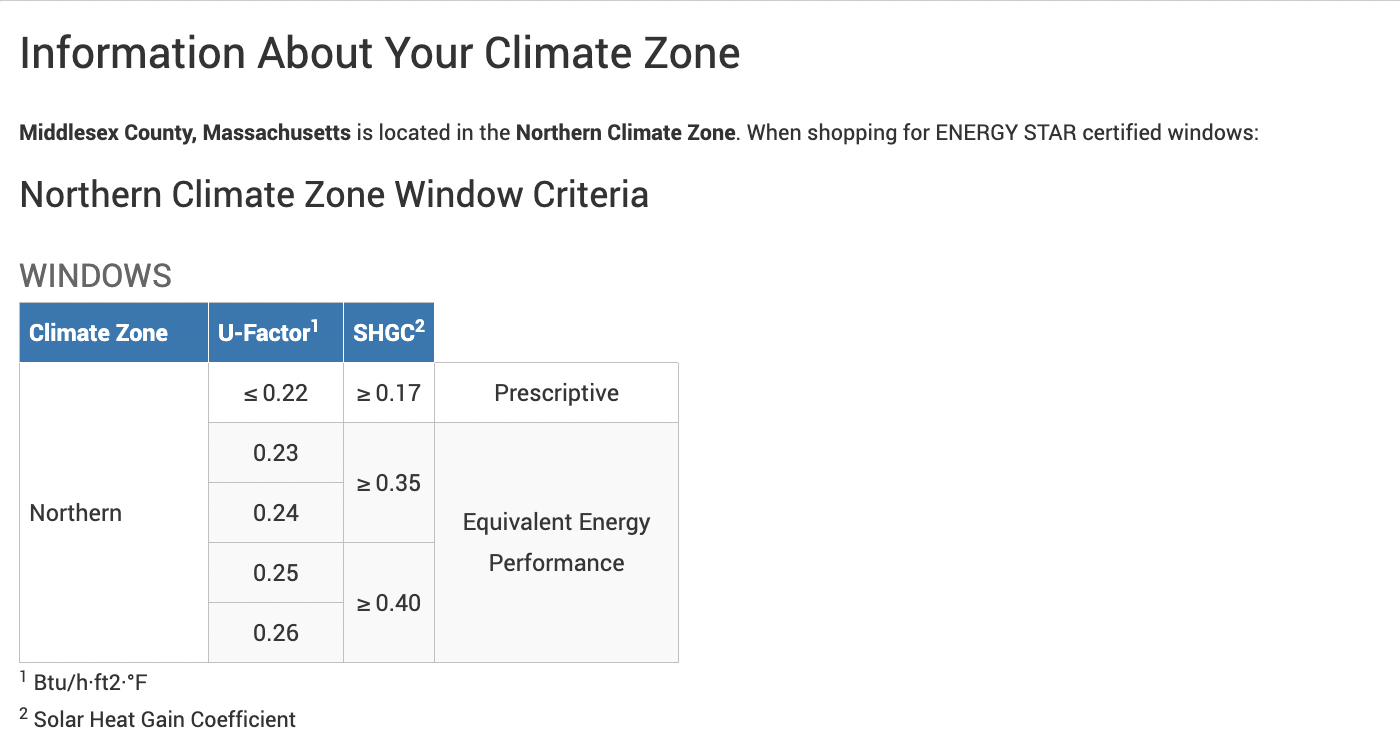















Not a Member Yet? Register and Join the Community | Log in